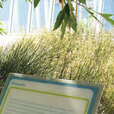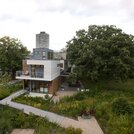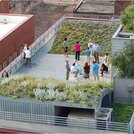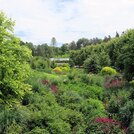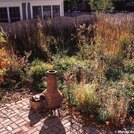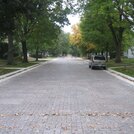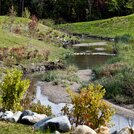Case Study Brief
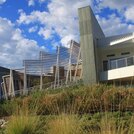
Frontier Project
Rancho Cucamonga, California
“This non-profit organization and demonstration facility was created by the Cucamonga Valley Water District to showcase sustainable design practices most suitable for Southern California. The landscape features visually stunning, low-maintenance, water-wise plantings that are readily available at local garden centers. Some 5,000 annual visitors see the facility and attend on-site demonstrations, tours, special events, and workshops.”

